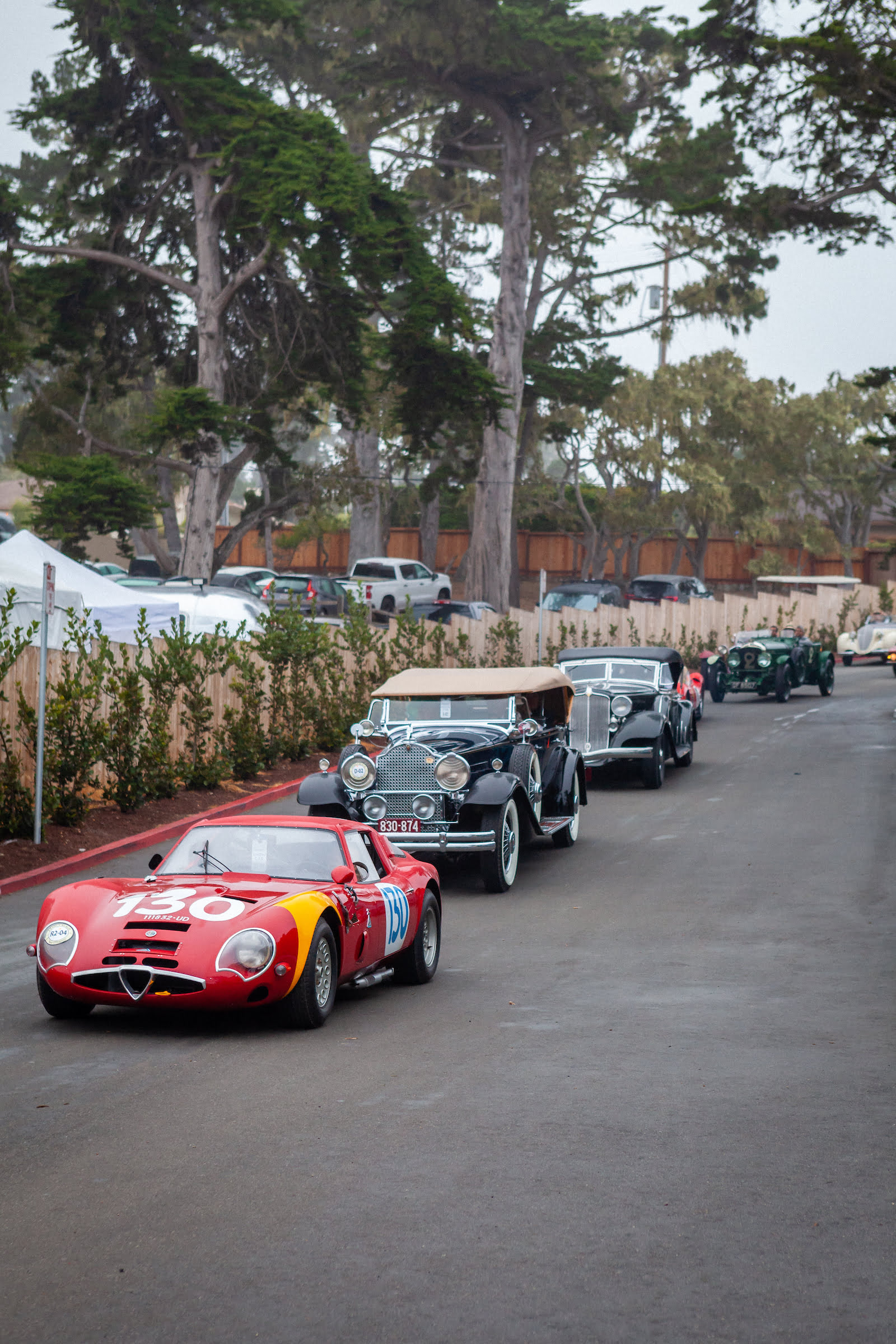Monterey: a new record. Beyond Comparisons, Pebble Beach auctions continue to fuel a strong passion
23 August 2023 4 min read 11 images

Photo credit: Bonhams, Broad Arrow Auctions, Gooding, Mecum, RM Sotheby’s
Cliff Goodall’s view
Register to unlock this article
Signing up is free and gives you access to hundreds of articles and additional benefits. See what’s included in your free membership. See what's included in your free membership.
Already have an account? Log In



